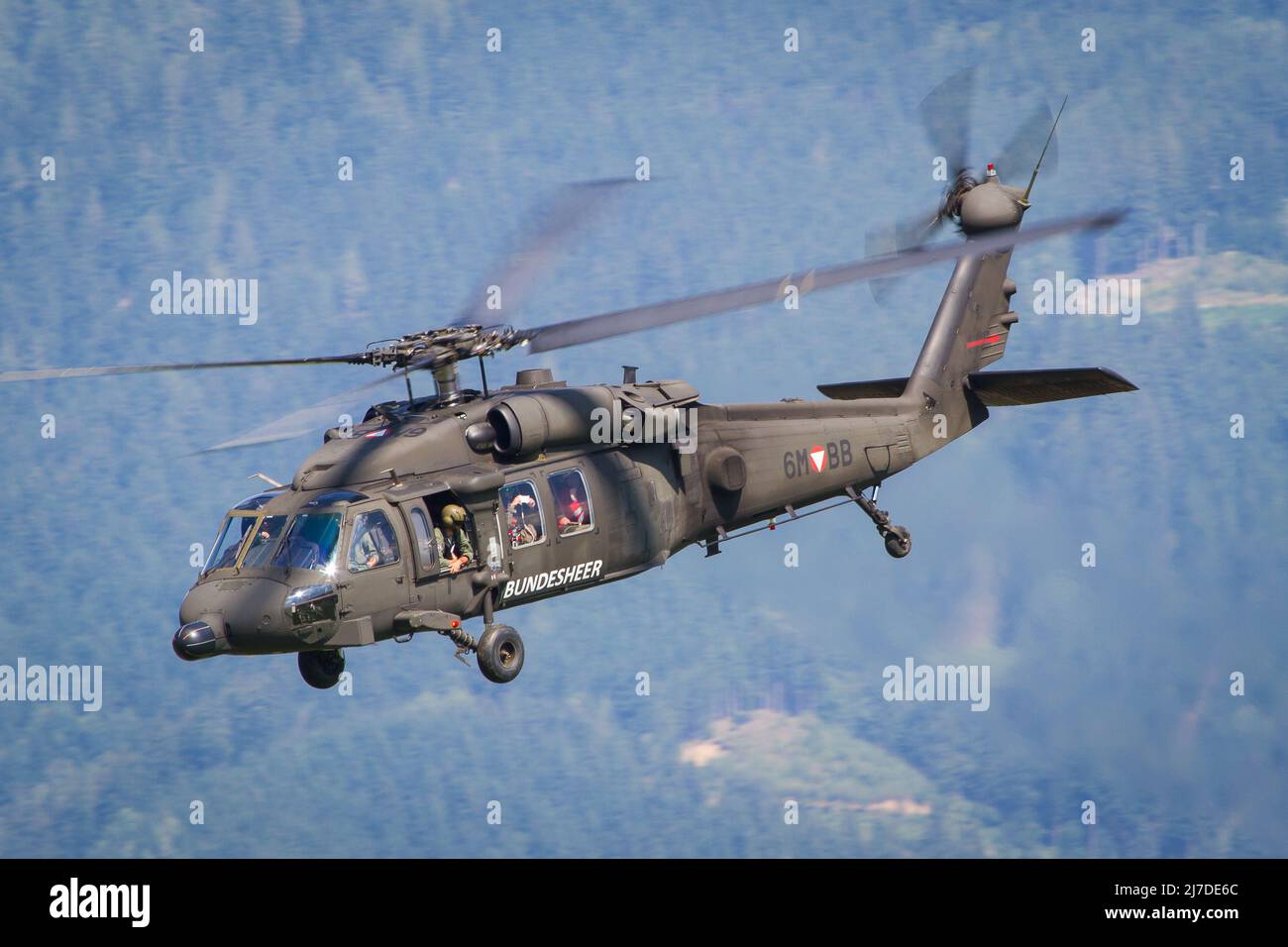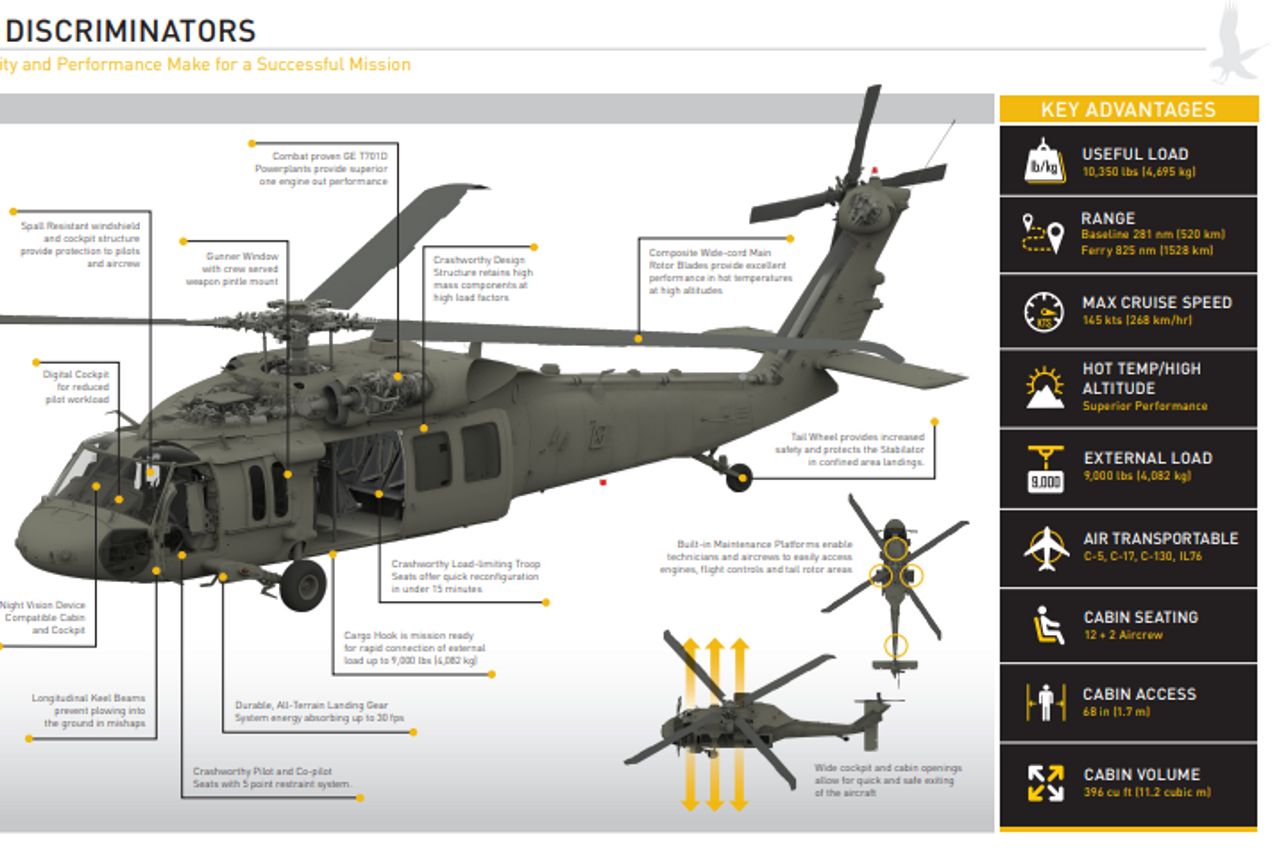Sikorsky S 70: Enhancing Helicopter Effectiveness and Versatility
Sikorsky S 70: Enhancing Helicopter Effectiveness and Versatility
Blog Article
Modernized Vertical Lift System With Advanced Composite Frameworks and Improved Precaution
In the realm of upright lift systems, a significant shift in the direction of modernization has actually been observed, driven by the assimilation of innovative composite frameworks and enhanced safety steps. In discovering the merging of modern technology and security in modern-day lift systems, an engaging story arises, showcasing the possibility for transformative advancements that cater to the ever-evolving needs of industrial markets.
Development of Upright Lift Systems

The evolution of upright lift systems can be mapped back to standard pulley-block systems and very early lift layouts. Gradually, developments such as hydraulic systems, electric motors, and progressed control mechanisms have significantly boosted the efficiency and security of these systems. Manufacturers have additionally focused on boosting the security, reach, and load-bearing capacities of upright lift platforms to satisfy the diverse needs of various markets.
Moreover, the assimilation of clever technologies like sensing units, IoT connection, and automation attributes has even more changed the capabilities of modern vertical lift systems. These technological improvements not only improve operational productivity yet additionally make certain increased security requirements for employees using these systems at different heights. The continual advancement of upright lift platforms emphasizes their essential function in boosting upright flexibility throughout sectors.
Combination of Advanced Composite Frameworks

Additionally, the use of advanced composite products enables for even more facility and optimized architectural layouts, allowing designers to tailor the system's properties to meet particular efficiency requirements. In general, the consolidation of sophisticated composite frameworks in modern upright lift systems represents a substantial innovation in aerospace technology, leading to a lot more reliable, trustworthy, and much safer airborne transportation systems.
Enhanced Safety Procedures Implementation
Implementing improved safety and security actions is essential in making certain the optimum performance and integrity of look at this now modern-day upright lift systems. One key element of improved safety procedures is the integration of innovative sensing unit modern technologies to monitor various specifications in real-time.

Sector Applications and Advantages
With improvements in modern technology and design, updated vertical lift systems have actually found diverse applications throughout different industries, providing significant benefits in performance and productivity. In the production industry, these systems simplify the process of transporting heavy materials and equipment within centers, reducing hands-on handling and boosting functional efficiency. The building market take advantage of vertical lift platforms by enabling employees to access raised areas safely and successfully, improving total task timelines. Warehousing and logistics business utilize these platforms to optimize storage area usage and assist in quicker selecting and packaging procedures.
In addition, upright lift systems play a crucial function in the maintenance and repair service of infrastructure such as bridges, power lines, and buildings, enabling professionals to get to hard to reach locations with convenience (sikorsky s 70). The aeronautics industry likewise leverages these systems for airplane maintenance and assembly tasks, enhancing process effectiveness and making sure worker safety and security at heights. here are the findings On the whole, the prevalent adoption of up-to-date upright lift systems across sectors emphasizes their adaptability and the substantial enhancements they offer different procedures
Future Trends in Lift System Modern Technology
Including sophisticated automation and smart attributes, lift platform innovation is positioned to transform upright transport systems in the future. One key pattern is the assimilation of Internet of Points (IoT) modern technology, allowing lift platforms to connect real-time data for anticipating maintenance, optimizing performance, and boosting safety. Expert system and machine learning formulas are also being included to analyze patterns, forecast possible problems, and enhance performance. The usage of advanced materials such as carbon fiber compounds is on the increase, using increased durability and toughness while minimizing total weight. Boosted safety and security procedures, including biometric authentication and emergency action systems, are becoming conventional attributes to make sure passenger safety and security. Furthermore, modular styles and customizable configurations are acquiring appeal, enabling for greater flexibility to numerous environments and needs. As lift platform innovation proceeds to evolve, these fads are established to form the future of vertical transportation, making it more efficient, secure, and straightforward.
Final Thought
Finally, the modernized upright lift system showcases the evolution of innovation in the market. By integrating sophisticated composite frameworks and boosted safety actions, this platform offers enhanced efficiency and safety and security for numerous applications. The market can profit substantially from these developments, and future trends in lift platform modern technology are likely to proceed improving upon these advancements for also better success and efficiency.
In the world of vertical lift platforms, a significant change in the direction of modernization has been observed, driven by the combination of sophisticated composite structures and increased safety procedures. The continuous advancement of upright lift platforms emphasizes their indispensable function in improving upright flexibility across industries.

The unification of advanced composite structures in modern upright lift systems has significantly improved their architectural integrity and performance capabilities. By incorporating these sophisticated compounds into the design and building and construction of upright lift platforms, manufacturers can lower general weight, web increase load-carrying ability, and enhance the platform's toughness and long life.
Carrying out enhanced safety procedures is necessary in ensuring the ideal performance and integrity of contemporary vertical lift platforms.
Report this page